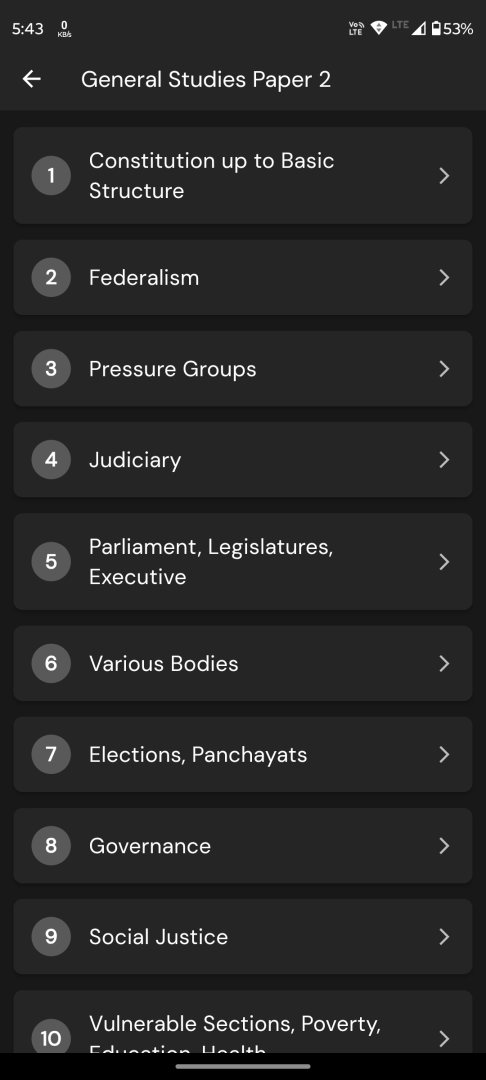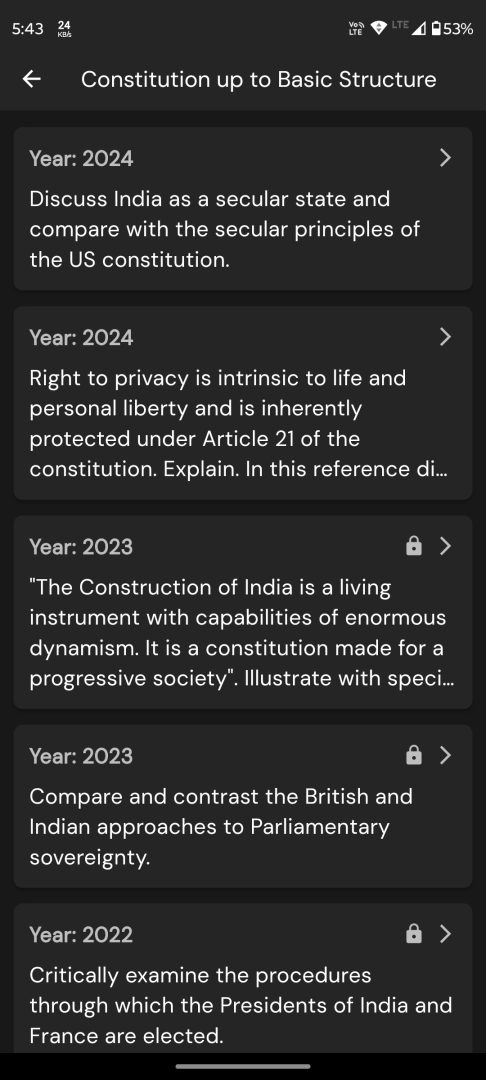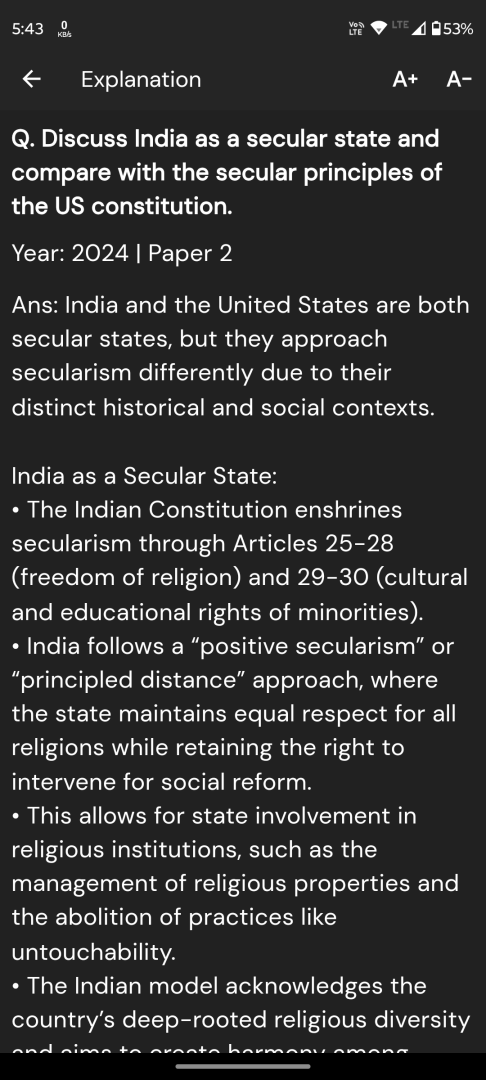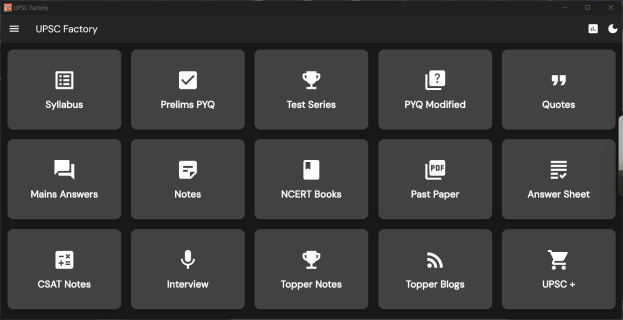Q. Inequality in the ownership pattern of resources is one of the major causes of poverty. Discuss in the context of ‘paradox of poverty’.
UPSC Mains 2025 GS2 Paper
Model Answer:
Inequality in Resource Ownership and the Paradox of Poverty
The ‘paradox of poverty’ refers to the contradictory coexistence of abundant resources with widespread poverty. This paradox stems not from resource scarcity but from structural inequalities in ownership and distribution patterns that prevent economic benefits from reaching the majority population.
Manifestations of Unequal Resource Ownership:
Natural Resources
• Land concentration: Small rural elite owns majority agricultural land while large populations remain landless, limiting agricultural livelihoods. Example: Bihar’s zamindari legacy.
• Mineral wealth paradox: Resource-rich states like Jharkhand, Chhattisgarh, and Odisha house India’s poorest communities, particularly tribals. Wealth from coal and iron ore extraction benefits corporations while local communities face displacement and environmental degradation. Example: Niyamgiri hills conflict.
Economic and Financial Resources
• Capital access disparity: Poor lack affordable credit for entrepreneurship while wealthy accumulate more through easy capital access. Financial exclusion traps marginalized in poverty cycles. Example: informal sector workers.
• Industrial concentration: Benefits concentrate among few industrialists while the informal sector, employing majority workforce, remains characterized by low wages and absent social security.
Human Capital Inequality
As Amartya Sen argues, poverty represents capability deprivation. Unequal access to quality education and healthcare perpetuates intergenerational poverty. The affluent secure premier services ensuring better opportunities, while poor depend on underfunded public systems. Example: digital divide during COVID-19.
Institutional Barriers
Elite capture of state resources through political influence ensures policies favor vested interests, undermining welfare schemes’ effectiveness. Historical injustices like caste-based exclusion systematically prevent resource ownership, particularly land, across generations. Example: manual scavenging communities.
Way Forward requires:
– Effective land reforms with tenure security
– Community stakeholdership in resource extraction
– Enhanced public expenditure on education and healthcare
– Expanded financial inclusion through affordable credit
– Robust benefit-sharing mechanisms for local communities
Conclusion:
Addressing structural inequality through redistributive reforms remains fundamental to converting national wealth into inclusive prosperity for all citizens.




